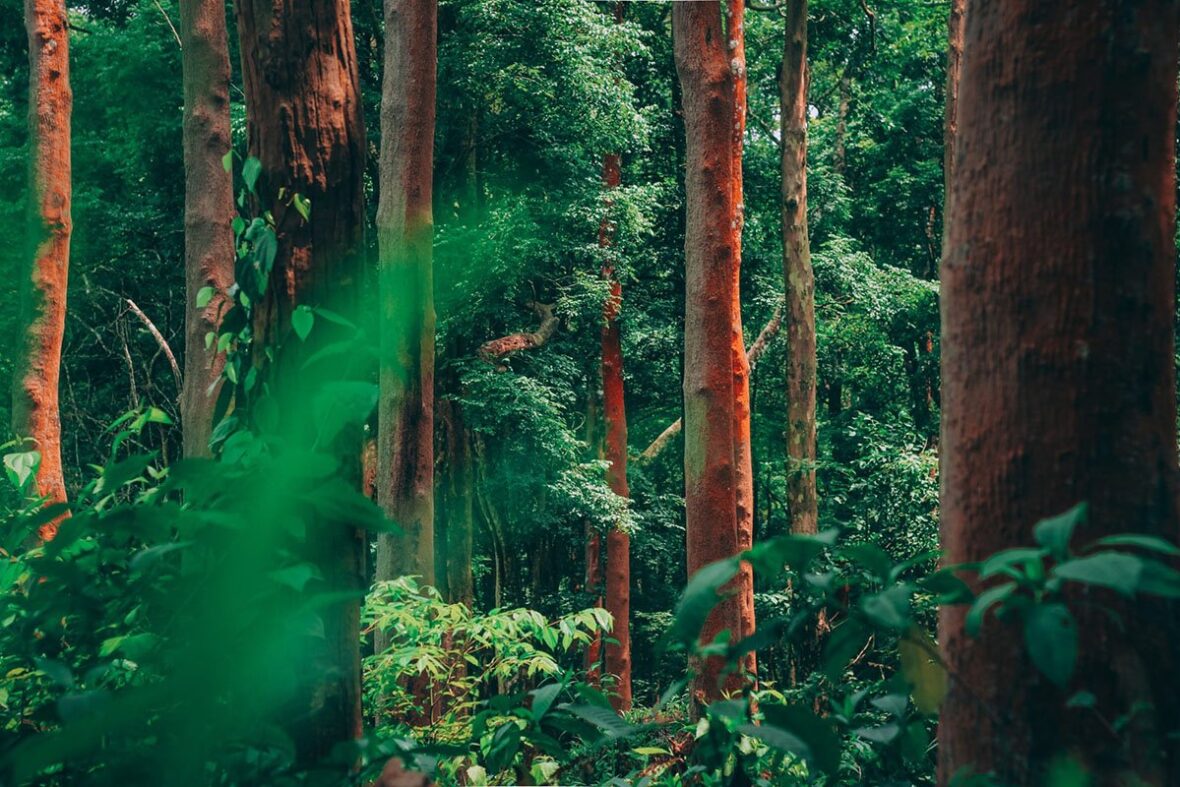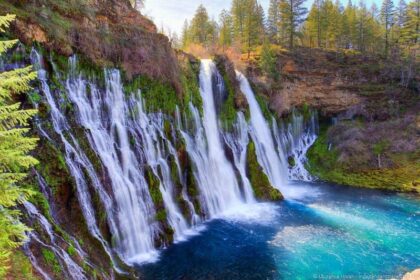The Amazon Rainforest stretches across a vast portion of the South American continent including parts of nine countries. The world’s largest and most bio-diverse rainforest is full of surprises! Mysterious and astounding, the Amazon Rainforest remains one of the most fascinating and studied ecosystems on Earth. The Amazon holds many secrets, some revealed and others still waiting to be discovered. Feeling adventurous? Let’s travel through these interesting facts about the Amazon Rainforest… and find out some of its hidden treasures! Take a look below for 30 fascinating and fun facts about the Amazon Rainforest.
1. The Amazon Basin, which includes all areas drained by the Amazon River and its thousands of branches, covers about 2.7 million square miles.
2. The basin is roughly the size of 48 adjoining United States and covers some 40% of the South American continent.
3. It actually covers around 2.1 million square miles.
4. Amazonia is the largest river basin in the world, and the Amazon Rainforest stretches from the Atlantic Ocean in the east to the Andes Mountains in the west.
5. The Amazon is thought to be more than 55 million years old!
6. But most of the plant life didn’t begin to flourish until after the most recent ice age.
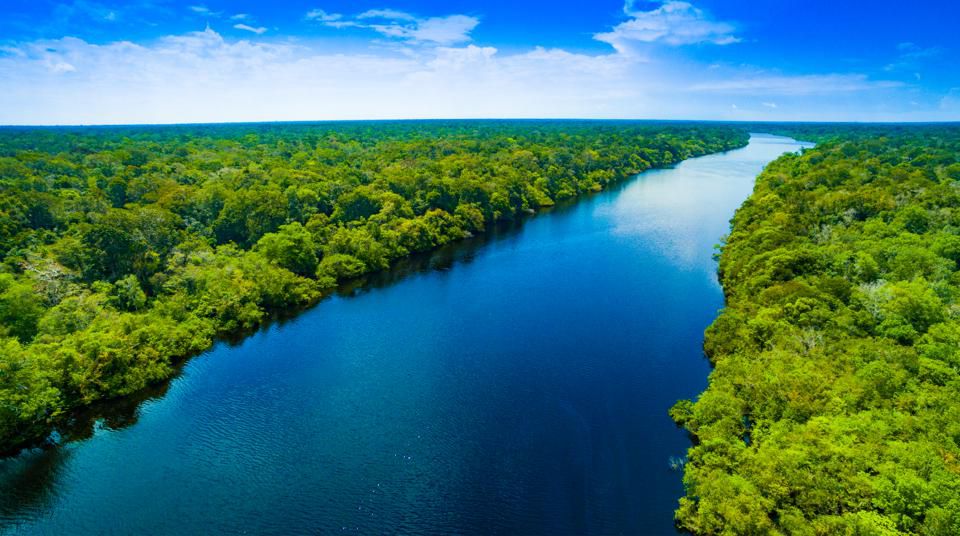
7. That means it didn’t exist in the time of the dinosaurs who died about 65 million years ago.
8. Best scientific assessments suggest there are at least 40,000 plant species, 3,000 types of fish, 1,300 bird species, 430 mammals, and an incredible 2.5 million different kinds of insects living in the Amazon rainforest.
9. The 40,000 different plant species found in the Amazon rainforest basin, include hundreds of types of ferns and thousands of different species of flowering plants.
10. Very little sunlight reaches the floor of the forest due to the dense canopy.
11. The Amazon is a haven for shade-tolerant plants, especially orchids, bromeliads, and other epiphytes that grow on trees and have aerial roots.
12. The rainforest occupies 2% of the world’s surface area.
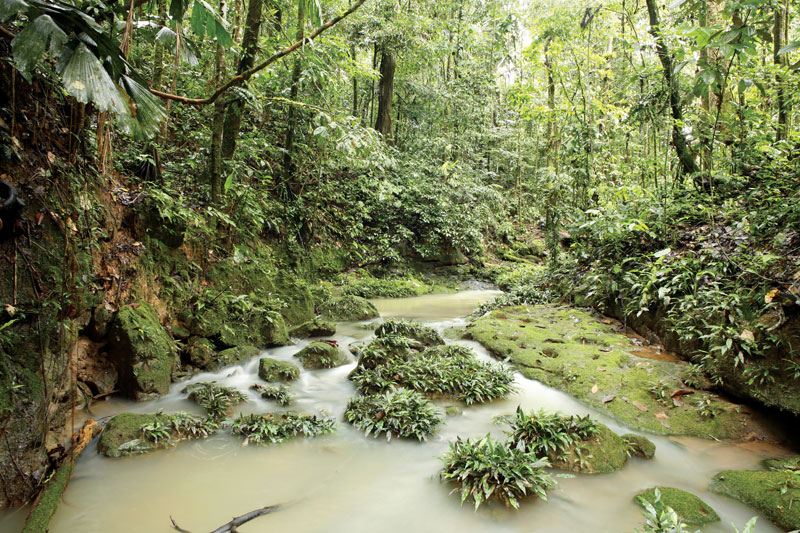
13. It does however produce 10 times more oxygen than a typical area of that size.
14. The Amazon Jungle spans 9 countries – 67% in Brazil, 13% in Peru, and smaller areas of Bolivia, Colombia, Ecuador, Guyana, French Guiana, Suriname and Venezuela.
15. It plays home to more than 1,300 species of birds.
16. As well as 40,000 plant species.
17. Amazonian trees include the Assai palm, Brazil nut, and rubber tree.
18. The Amazon rainforest is home to 10% of all known species in the world.
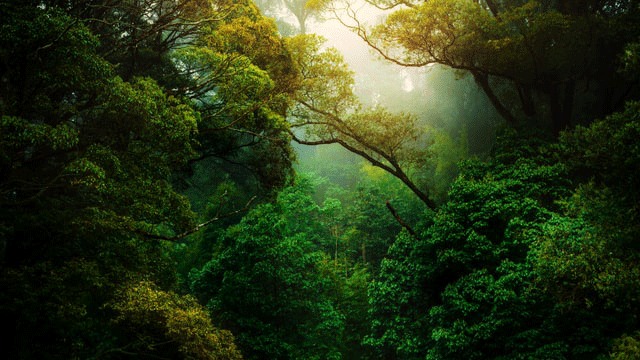
19. Around 180 species of reptiles, 262 amphibian species, 293 types of mammals, 697 species of fish, 806 bird species, and 2,500 butterflies also found their home in the Amazon rainforest.
20. The dense plant growth in the Amazon rainforest provides shelter for an incredible collection of animals.
21. The Amazon River flows through the rainforest for more than 2,000 miles. It’s the second longest river in the world, missing out on the honour of being the world’s longest river to The Nile in Egypt.
22. In 2007, Martin Strel undertook a marathon on the Amazon River, swimming up to ten hours a day for 66 days. Impressive!
23. The Amazon River begins in the Peruvian Andes and extends for 4,225 miles (6,800 km), some 65 miles (105 km) longer than the Nile.
24. The Amazon River pumps out a staggering 55 million gallons of water into the Atlantic per second.

25. A 2006 geological study discovered that the oldest river sediments were actually found upstream of their source.
26. Scientists came to the conclusion that the Amazon River used to run east to west but changed direction once the Andes rose through the continent some 100 million years ago.
27. The Amazon contains about 20% of the world’s total volume of river water.
28. The great rainforest may juggle images of exotic and possibly terrifying wildlife on one side and a human population on the other.
29. The Amazon is home to 21 million people, counting around 50 remote tribes who have not yet made contact with modern civilization.
30. The rainforest pumps out a staggering 20% of the world’s oxygen each day, far more than any other ecosystem.

